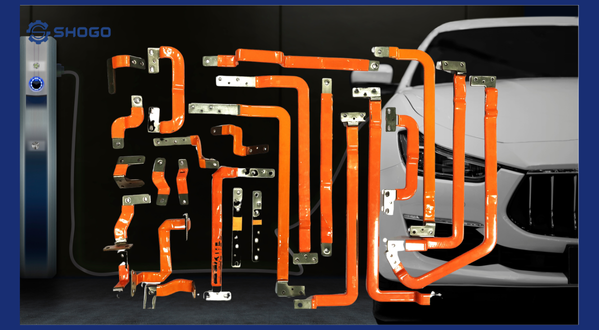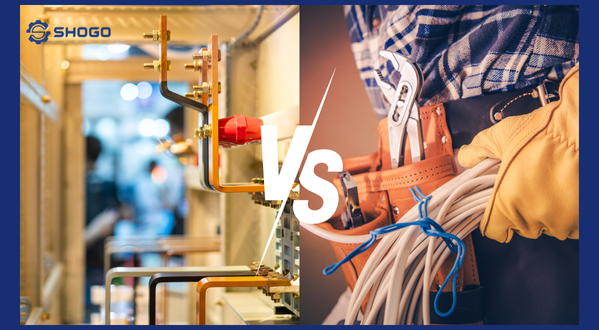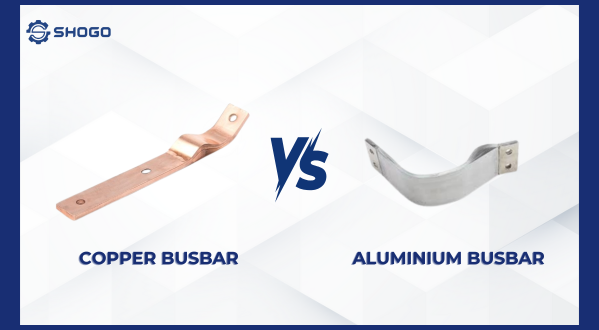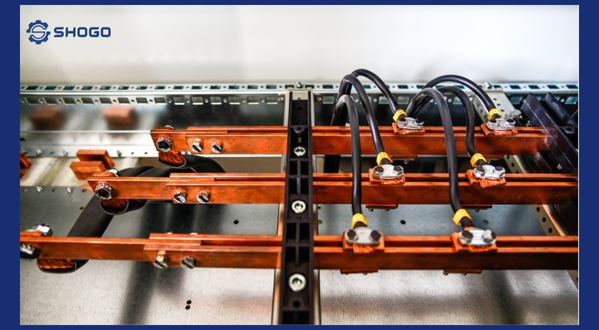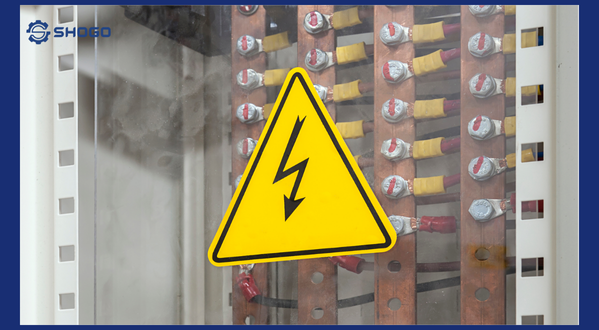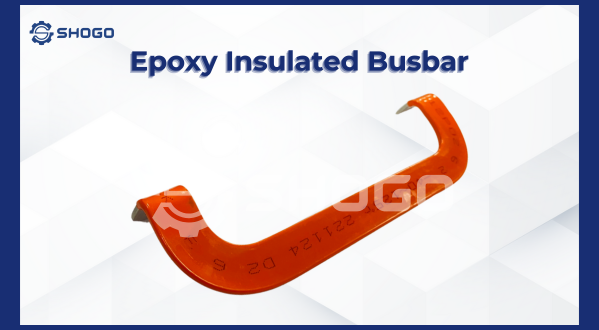
1. Introduction to Busbar
A busbar is an essential component in electrical systems, serving as the primary electrical conductor that distributes power to various electrical devices. Busbars are typically made of highly conductive materials such as copper or aluminum, and they have a large cross-sectional area to ensure stable and safe current transmission.
The construction of a busbar includes a conductive bar (made of copper or aluminum), an insulating material (such as epoxy resin or ceramic), and connecting accessories.
Busbars can be classified based on various factors such as material, shape (rectangular, circular), and application.
2. Nickel Plating for Busbars
Why is nickel plating applied to busbars?
- Enhanced corrosion resistance: Nickel is highly resistant to corrosion. When plated onto a busbar, it forms a protective barrier that prevents oxidation and environmental degradation, significantly extending the product’s lifespan.
- Improved mechanical strength: The nickel plating increases the hardness and durability of the busbar’s surface, making it more resistant to mechanical stress.
- Increased conductivity: Although nickel is not as conductive as copper, the thin nickel plating layer has a negligible impact on the overall conductivity of the busbar.
- Enhanced aesthetics: A nickel-plated busbar has a shiny and attractive appearance, improving the product’s aesthetics.
Nickel plating process for busbars:
- Surface cleaning: The busbar surface is thoroughly cleaned to remove impurities, oils, and other contaminants to ensure good adhesion of the plating.
- Copper plating: Before nickel plating, a thin layer of copper is typically applied to enhance the adhesion of the nickel plating.
- Nickel plating: The busbar is immersed in a nickel plating bath. Under the influence of a direct current, nickel ions deposit onto the busbar’s surface, forming the plating layer.
- Inspection and finishing: After plating, the product is inspected to ensure the plating thickness, adhesion, and uniformity meet the required standards.”
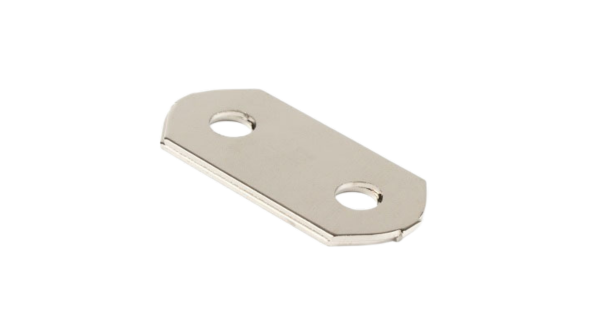
3. Applications of Nickel-plated Busbars
Nickel-plated busbars are widely used in various applications:
- In electrical panels: Nickel-plated busbars serve as the main electrical conductor, connecting devices such as circuit breakers and contactors.
- In power distribution systems: Nickel-plated busbars are used in substations, control centers, and other electrical distribution equipment.
- Other applications: Nickel-plated busbars are also used in manufacturing and automation industries.
4. Standards and Quality of Nickel-plated Busbars
The quality of nickel-plated busbars is evaluated based on the following criteria:
- Plating thickness: Ensuring that the plating is thick enough to protect the busbar.
- Adhesion of the plating: The plating must adhere firmly to the busbar surface.
- Uniformity of the plating: The plating should be uniform across the entire surface.
- Heat and mechanical resistance: Busbars must withstand high temperatures and mechanical stresses.
Nickel-plated busbars must comply with international and national quality and safety standards.
5. Considerations when using nickel-plated busbars
- Installation: Busbars must be installed correctly, ensuring tight and safe connections.
- Maintenance: Regular inspection and maintenance of busbars are necessary to detect and repair any damage.
- Safety: Adherence to electrical safety regulations is essential when working with busbars.
6. Conclusion
Nickel-plated busbars are an optimal solution for electrical systems, offering numerous benefits in terms of durability, aesthetics, and performance. With their superior properties, nickel-plated busbars are increasingly used in various electrical applications.
Future trends:
- New materials: The use of new materials with superior properties for busbar production.
- Advanced plating technologies: Application of advanced plating technologies to improve plating quality.
- Intelligent design: Development of compact, flexible busbar designs suitable for modern electrical systems.





